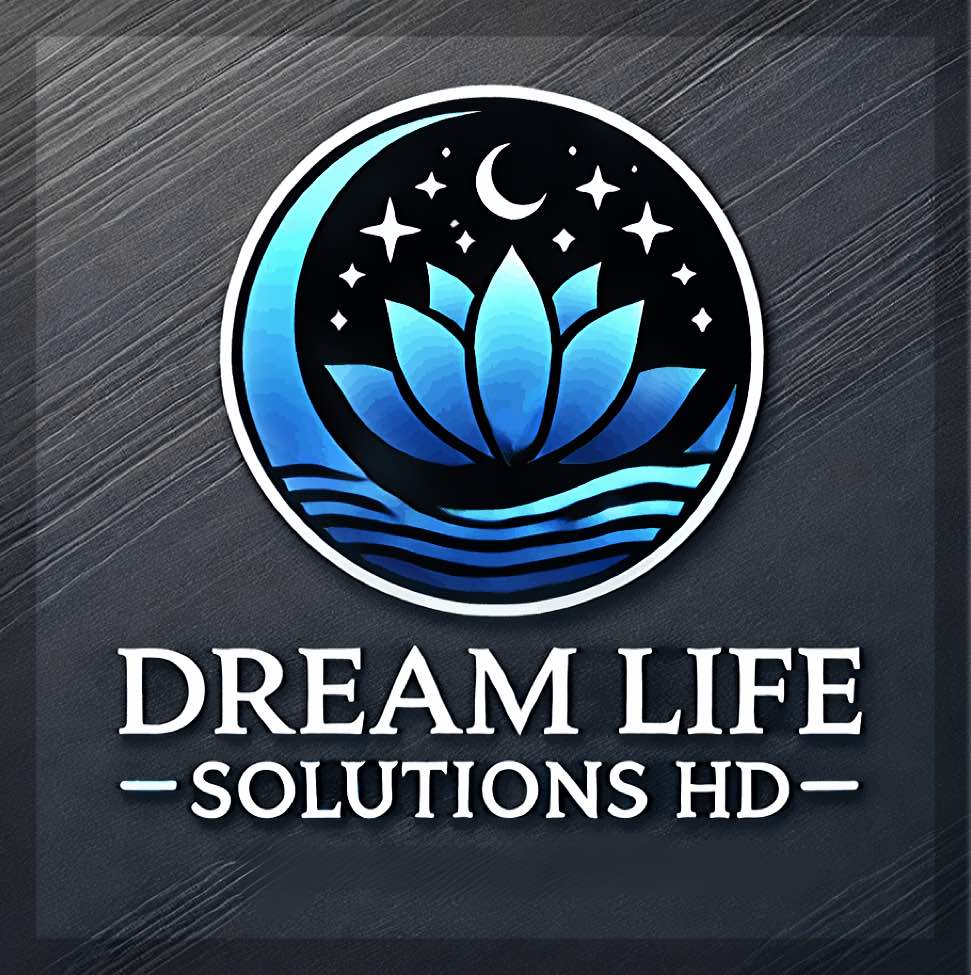
You’re about to step into an interview room, and while your resume might be perfect, what’s just as crucial is the impression you’ll make the moment you walk through that door. Choosing the right outfit and presenting yourself in a polished manner can speak volumes before you even utter a word. Let’s dive into how you can align your appearance with the unspoken expectations of interview success.
First up, it’s vital to decode the company culture before deciding on your ensemble. A quick look at the company’s social media, or even their website, will give you clues about their dress code. If they’re a suit-and-tie establishment, mirror that formality. For creative industries with a casual vibe, still elevate your look to professional business casual. It’s about striking a balance between fitting in and standing out.
Looking sharp is non-negotiable. However, that doesn’t mean you have to break the bank. Clean, pressed clothing, tidy hair, subtle fragrances—if at all—and minimal, tasteful jewelry can go a long way. It’s not just about what you wear but also about grooming habits that suggest attention to detail.
On a similar note, body language shouldn’t be underestimated. It’s going to include the handshake—firm, but not overpowering—the steadiness of your gaze, and how you navigate the space. Sit up straight, engage through slight nods, and by all means, smile. Warmth goes a long way.
This attention to physical presentation will perfectly tee you up for the next crucial step: pre-interview research. After all, what’s the point of looking the part if you can’t talk the talk? And trust me, they’ll ask about more than just the facts on your CV.
Pre-Interview Research: Building a Foundation of Knowledge
You want to walk into an interview armed with knowledge, not just confidence. That’s where pre-interview research comes into play. It’s not just about scouring the company’s website; it’s about digging deeper to understand the company’s heartbeat. This is your key to making a real connection during your interview.
Start by investigating the company’s history, mission, and values. This can clue you into the company ethos and help you articulate why you’re not just a fit, but the perfect fit for them. Pinpoint the intersection where your values and the company’s align, and you’ll be ready to convey a genuine interest in being part of their team.
The job posting and even better if you have a copy of the job description as these two items can be your treasure map. Study it closely, align your skills with their needs, and prepare to showcase these in your interview responses. When you align your experiences with what they’re looking for, you demonstrate foresight and initiative. This isn’t just a part-time gig for you; it’s a stepping stone in your career path.
Don’t stop there. Keep up with recent news, press releases, and industry trends that could affect the company. By showcasing your industry insight, you’re showing initiative and the ability to stay current—a trait that every employer values. This also helps you prepare questions that can spark meaningful dialogue.
Bringing thoughtful questions to the table does more than just show you’ve done your homework. It demonstrates forward-thinking and shows you’re already investing in the company’s future. It’s a sign that you’re there to build a relationship, not just to take a paycheck.
Now you’re almost ready for the interview, but knowledge without proper communication falls flat. That leads us to the next crucial step: crafting communication strategies to convey your research effectively. Doing this well could be the difference between a forgettable interview and the one that lands you the job.
During the Interview: Communication Strategies and Behavioral Techniques

I’m going to show you how to communicate in a way that’ll make you stand out. It’s not just about what you say, but how you say it. Think of at least 5 – 8 “Success Stories” where you are the champion and prepare each story in advance and focus most of your attention on the “Actions” – the actions you took and what your role was that led to success. Following the STAR method with your success stories is your secret weapon:
S = Situation
T= Task
A = Action
R= Result
Tailor past experiences to answer behavior-based questions, providing clear examples that highlight your abilities.
Active listening is more than just not interrupting. It’s about fully concentrating, understanding, and responding. By doing this, you’re going to position yourself as a thoughtful and attentive candidate.
Charisma can be a game-changer in any interview. Show your enthusiasm for the role and the industry. Don’t be afraid to let your personality shine through, but remember, it’s a balancing act – professional decorum should always prevail.
Some questions can throw you a curveball. Your ability to stay cool under fire demonstrates emotional intelligence. If you get hit with a tough one, it’s okay to take a brief moment to collect your thoughts before responding with poise.

Post-Interview Considerations: Follow-Up Etiquette and Reflective Practice
Now that you’ve navigated the interview itself, your job isn’t quite finished. Crafting a thoughtful thank-you note is your next step. Express your gratitude to the interviewer for their time and reiterate your interest in the role. Personalize your message by mentioning a topic you discussed, showing that you were fully engaged.
When you think about following up, timing is crucial. You want to strike a balance between enthusiasm and patience. Typically, a follow-up email about 3 – 5 days after the interview is appropriate. This gives the hiring team time to deliberate, while keeping your candidacy top of mind.
Don’t overlook the value of constructive feedback, though it may not always be offered. If the opportunity arises, take advantage of requesting an Interview Debrief. Feedback can provide insights into your interview performance and highlight areas for improvement. Even if you don’t land this job, what you learn can be your stepping stone to success in future interviews.
Finally, take some time for self-reflection. Assess every part of the interview process from your preparation to the final handshake. Consider what worked and what didn’t, adjusting your strategy for next time. Remember, every interview is a learning experience, helping you refine your approach and bringing you one step closer to the job you’re aiming for.




